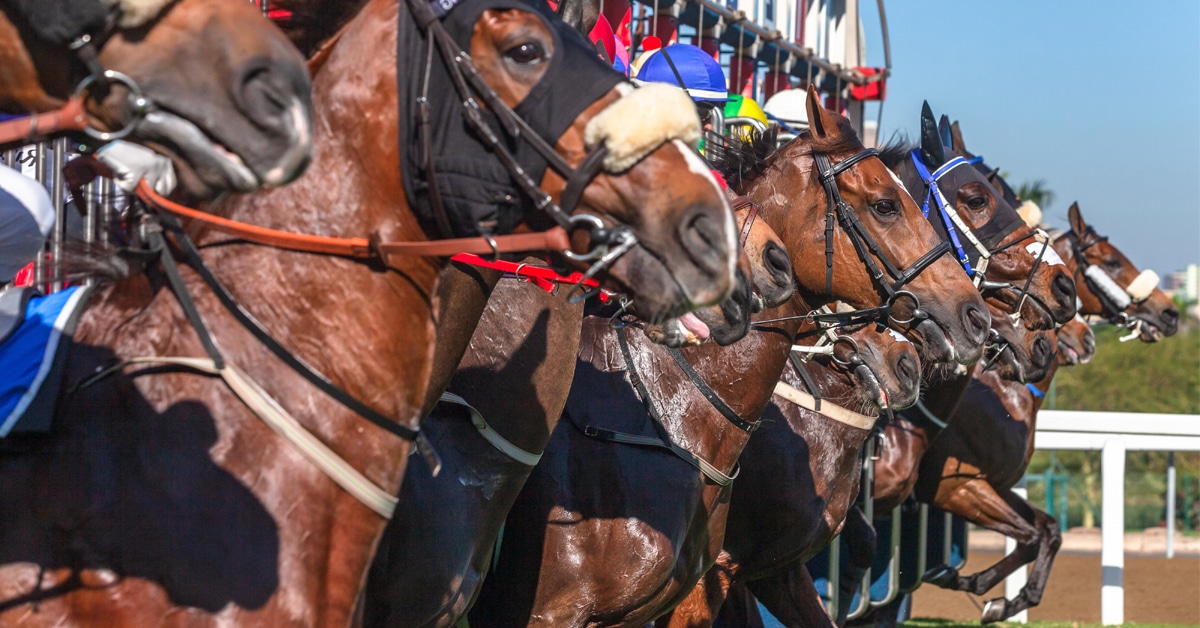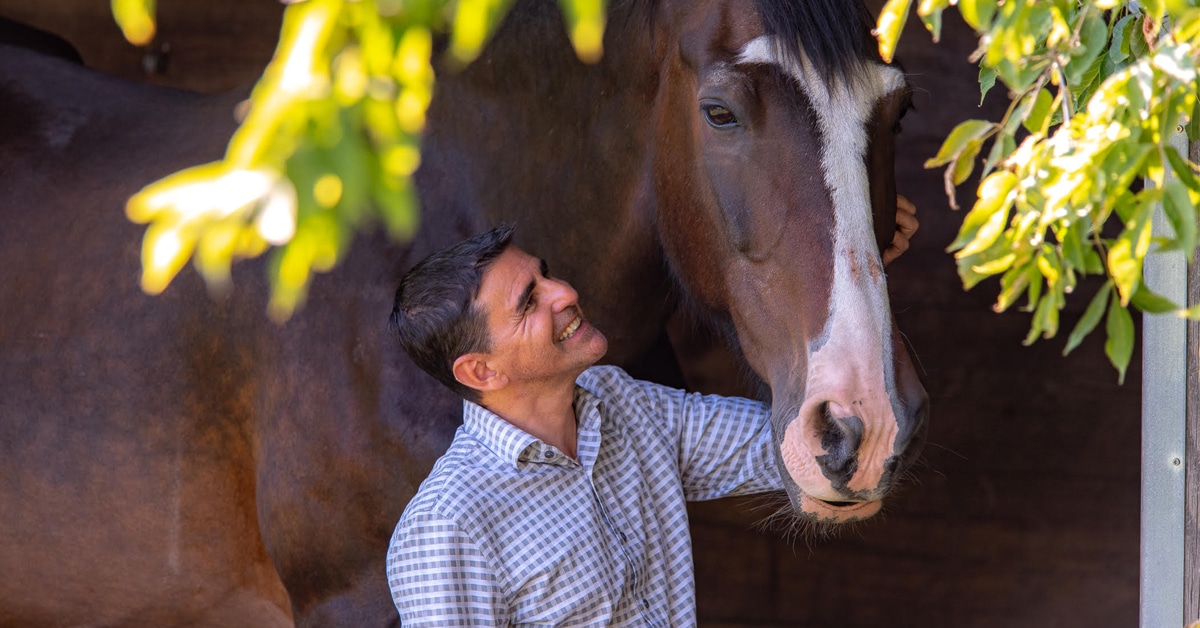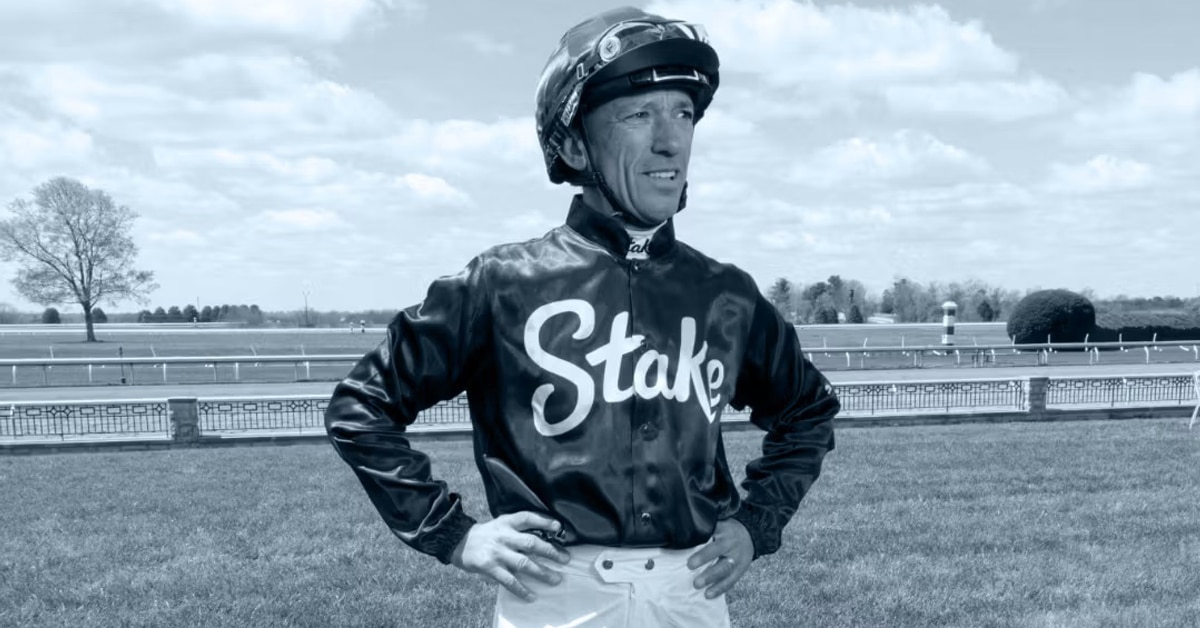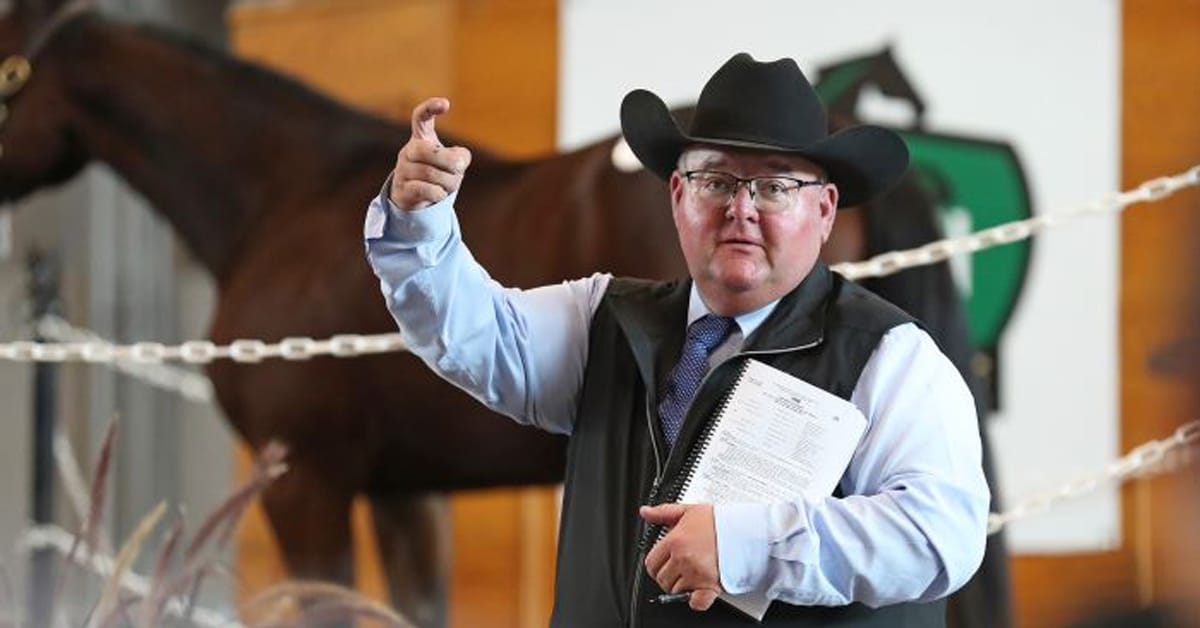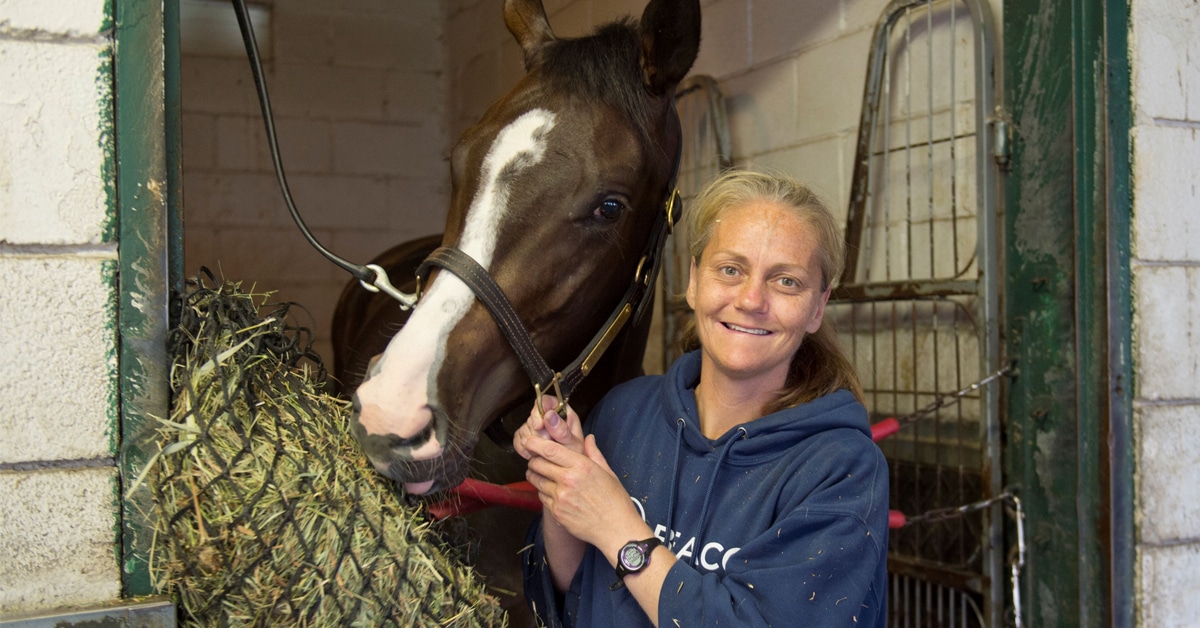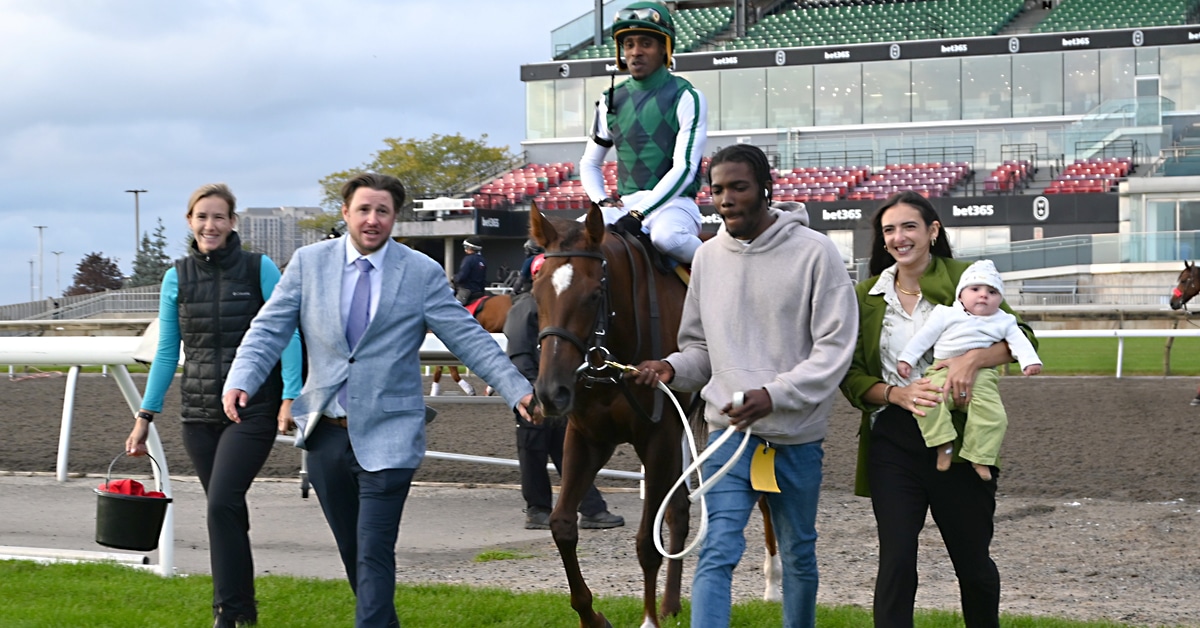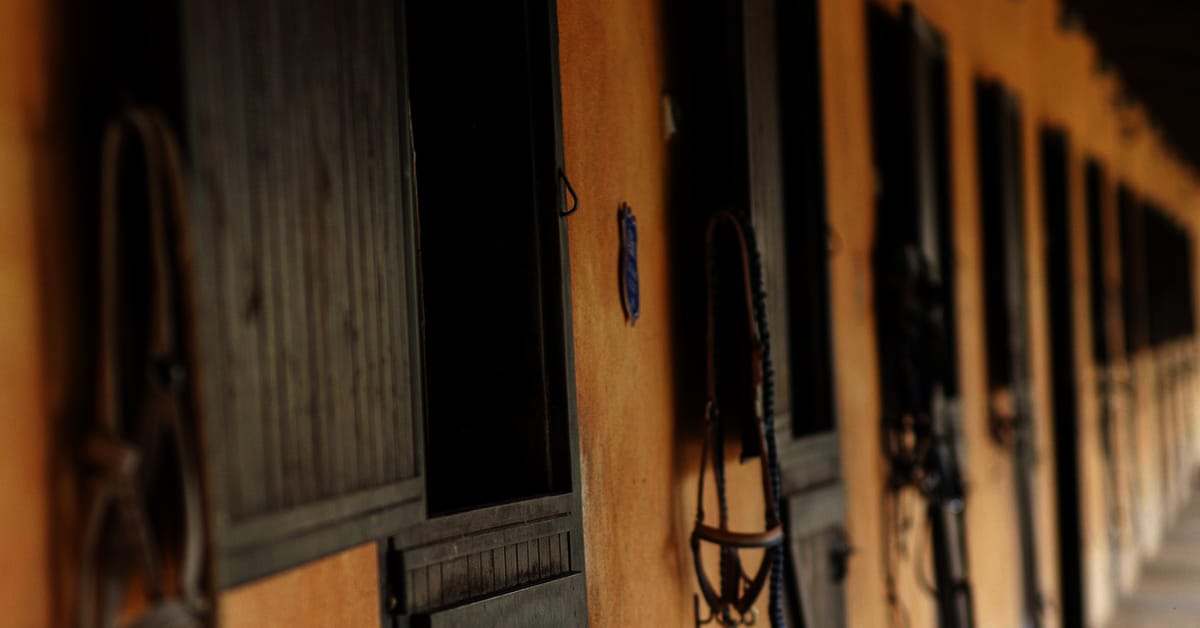Looking back at the long history of the Thoroughbred breed, a very curious pattern emerges. Many of the greatest racehorses who ever lived had little success at stud, while far more modest racehorses became very successful sires and broodmares. Even among those successful sires, only a fraction of them become sires-of-sires. Evidently there is some genetic magic at work here that creates such black-and-white success at stud, and racing ability is not the only important factor at work.
Taking this a step further, the most successful sires-of-sires (paternal grandsires) have rarely been the most successful broodmare sires (maternal grandsires), although both are, in the position of grandsires in the pedigree. Likewise, the most successful broodmare-sires have rarely been successful sires-of-sires. Traditional genetics would suggest that both these grandsires should transmit the same amount of genetic material to their descendants, but historical breeding records suggest some deeper forces at work.
In the early years of the 20th century, Phalaris rose from modest origins to become the major foundation sire of the century. Today more than 90% of the leading sires in North America trace to Phalaris in the male line, (topline of the pedigree), yet Phalaris never appeared as the broodmare-sire of a single important sire. Remarkably, the same can now be said for Northern Dancer, who has seen many of his sons and grandsons thrive at stud, yet he never appears as the broodmare-sire of a single major stallion. Going back to the dawn of the breed, the sons and grandsons of the great Eclipse likewise thrived at stud, while his daughters were very modest producers, and not one produced an important sire. Clearly something fundamental is going on here that requires understanding.
Research reveals that there is a dramatic difference between the very best sire lines and broodmare-sire lines. Most particularly, the greatest broodmare-sires in history had invariably seen a dramatic decline in their male line strength. Early in the 20th century, Chaucer became the broodmare-sire of all the important sons of Phalaris, as well as the broodmare-sire of the major stallion Hyperion. Despite this, the Chaucer male line had a very modest influence for generations before disappearing from the breed.
(Phalaris’ major tail-male descendants in the USA include Bold Ruler, Secretariat, Affirmed, Alydar, Seattle Slew, and of course the great Northern Dancer among many others. His tail-male line British descendants, or those that raced in Britain or Ireland, include such champions as Arkle (steeplechaser), Blue Peter, Fair Trial, Nasrullah, Royal Palace, Nijinsky, Sir Ivor, Roberto, Brigadier Gerard, Mill Reef, Shergar, Troy, Grundy, Galileo, Sea Bird II, Sea the Stars and High Chaparral.)
In America, Sir Gallahad III (by Teddy) remarkably led the broodmare-sire list twelve times, ten in succession from 1943 to 1952. His full-brother Bull Dog sired Bull Lea, five times the leading sire in North America, who later led the broodmare-sire list four consecutive years. But being champion broodmare-sires proved fatal for the male lines of both Sir Gallahad III and Bull Lea. In fact, Bull Lea proved remarkably unsuccessful as a sire-of-sires despite sending many fine sons to stud including Triple Crown winner Citation.
Man o’ War and his son War Admiral, along with the fine sire Discovery, likewise became champion broodmare-sires, only to see their male lines wane dramatically. More recently we have seen the likes of Princequillo, Double Jay, Buckpasser, Graustark, Hoist the Flag, Secretariat, Alydar, and Affirmed all become elite broodmare-sires, while their sons enjoyed very modest success at stud.
Recent genetic research shows that important genes can be turned ‘on’ or ‘off’ simply by the gender of the parent they were inherited from. “Epigenetic tagging’ shows that two individuals with very similar genetic make-ups can accumulate chemical tags on important genes that essentially turn “off” those genes. And so-called ‘Junk DNA’ had long puzzled scientists by its volume and apparent lack of function. But recent research finds that this Junk DNA provides on-off switches that regulate the behavior of many other genes as do so-called ‘master genes”.
Secretariat may be the prime example of such “gender imprinting”. Surely it’s significant that the two most successful sires in North America in recent years were Storm Cat and A.P. Indy, both out of Secretariat mares, as were the fine sires Gone West and Dehere. But the sons of Secretariat enjoyed almost no success at stud. Similarly, Buckpasser and Hoist the Flag became the broodmare-sires of top sires, while their male lines faded.
Conversely, the most dominant male line stallions historically have almost never been the broodmare-sires of important sires, including the likes of Eclipse, Stockwell, Phalaris, Nasrullah, and now even Northern Dancer himself. A look at the pedigrees of top sires like Nasrullah, Tom Fool, and Northern Dancer is instructive as well as prophetic.
Nasrullah was from the soon-to-blossom Nearco male line, while Nasrullah’s dam was by Blenheim II. Blenheim II was a champion sire in his own right, descending from the powerful male line of Swynford and Blandford, but when Blenheim’s great son Whirlaway failed badly at stud it foreshadowed the rapid decline of the Blenheim II male line.
Similarly the sire Tom Fool, descended from the Phalaris male line, which had yet to blossom fully in North America when Tom Fool went to stud in 1954. Tom Fool’s dam was a daughter of Bull Dog (by Teddy) and the Teddy male line had dominated American racing for the previous decades. But the position of Phalaris blood over Teddy blood foreshadowed a dramatic change of fortune. The Teddy line declined dramatically, while Tom Fool’s son Tim Tam soon the very first Phalaris line colt to win the Kentucky Derby.
Northern Dancer was only the second Phalaris line colt to win the Derby. His sire, Nearctic, was from the Nearco male line. Nearctic’s dam was by Hyperion, a powerful sire line that was about to wane dramatically as the Nearco sire line rose to dominance. Northern Dancer’s dam, Natalma, was by Native Dancer out of a mare by Mahmoud (Blenheim II). We have already explored the decline of the Blenheim II sire line, and this certainly raises questions about the long-range future of the Native Dancer bloodline as well, appearing as it does in this key position of Northern Dancer’s pedigree. All of which seems to illustrate a kind of see-saw balance in pedigrees between the sire line on top and the broodmare-sire line below. History tells us that when a stallion’s first or second dam comes from a stronger male line than the stallion himself, his breeding prospects are usually very limited.
With Northern Dancer having Nearco blood over Native Dancer blood, this might suggest a long-range decline in the Native Dancer male line, while they blossom as broodmare sires. In fact, we have already seen the likes of Alydar and Affirmed from this sire line go on to become outstanding broodmare sires, but with few successful sons at stud.
On the other hand, the champion stallion Storm Cat shows Northern Dancer on his sire line, and Secretariat on his broodmare sire line. This is certainly a radically different stallion prospect than a son of Secretariat out of a mare by Northern Dancer, since Secretariat’s sons did not produce stallions, nor did Northern Dancer’s daughters. And this is not an isolated example, but has been a remarkably consistent pattern for two centuries of breeding. (It might be expected that a similar pattern should exist among the Standardbreds of harness-racing, and indeed this pattern may be even stronger there.)
This is certainly not to say that such pedigree patterns are the only important factor in breeding success, but modern genetic research is discovering more and more evidence of such ‘on’ and ‘off’ switches that would account for the striking differences between sires-of-sires and top broodmare-sires. All these processes might account for the dramatic yin-yang patterns of breeding success found in the Thoroughbred.
There have indeed been a few transcendent sires in history who enjoyed great success both as sire-of-sires and broodmare-sires. St. Simon and Stockwell in the late 1800s, and now we find Northern Dancer and Mr. Prospector in this position. Although Mr. Prospector has enjoyed more success as a broodmare-sire, it remains to be seen who will become the world’s next dominant male line. Northern Dancer shows Nearco blood in his sire line over Native Dancer blood in his broodmare-sire line, while Mr. Prospector shows just the opposite: Native Dancer over Nearco. Something has to give here, and this is not just an exercise in academic theory. Being able to anticipate the next generation of top sires and top broodmare-sires will be invaluable to large and small breeders alike.
The Latest
